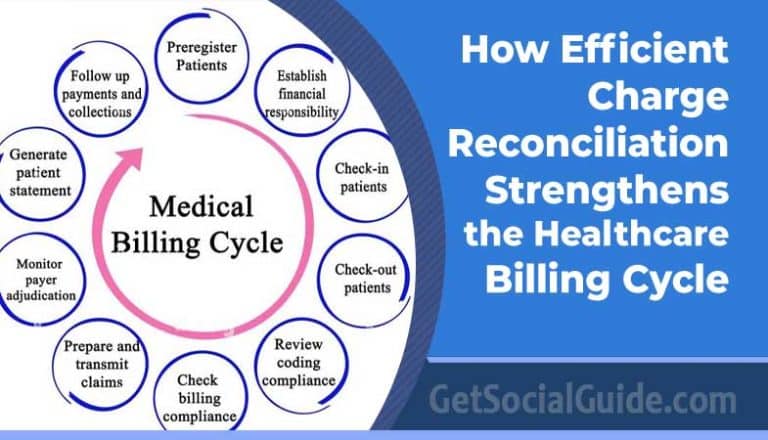Best English to German Website Translation Tips
Are you planning to expand your online presence and reach a wider audience in Germany? Translating your website from English to German can be a crucial step in achieving that goal.
English to German translation is gaining popularity among businesses aiming to expand their global reach. With over 155 million German speakers worldwide, translating your content into German opens up a vast potential market for your business. By enlisting the services of a professional German translator, you can effectively connect with these customers and increase your sales beyond the English-speaking market.
Websites are an ideal type of content to translate when venturing into a new market. As your website is accessible to people worldwide, it provides an easy platform to promote your products or services. Translating your website from English to German not only helps establish trust with your audience but also enhances your sales potential.

However, website translations can be challenging. They often require localization to ensure a consistent user experience, and technical knowledge is essential for SEO or eCommerce translations. Therefore, selecting the right German translator for your project is crucial. This guide will assist you in choosing a reputable English to German translation agency, ensuring the success of your website.
However, it’s essential to ensure that the translation is accurate, culturally appropriate, and effectively conveys your message to the German-speaking audience. In this article, we will provide you with the best English to German website translation tips to help you create a localized and engaging experience for your German users.
Understanding the Importance of Website Localization
Website localization goes beyond translation and involves adapting the content, design, and functionality of your website to meet the linguistic, cultural, and user experience expectations of the target audience. It helps build trust, engage users, and drive conversions. When it comes to English to German website translation, following certain best practices can significantly enhance the effectiveness of the localization process.
Hiring Professional Translators with Subject Matter Expertise
To ensure accurate and contextually appropriate translations, it’s crucial to work with professional translators who specialize in the English to German language pair. Subject matter expertise is equally important, especially if your website contains technical or industry-specific content. Professional translators understand the nuances of the German language and can effectively convey your message while maintaining the tone and intent of the original content.
Adapting the Content for the German Audience
While translating your website, it’s essential to adapt the content to resonate with the German audience. Consider the preferences, cultural norms, and values of your target users. Use language that is familiar to them and tailor the content to address their needs and concerns. It’s advisable to conduct thorough research on the German market and understand the local trends, preferences, and sensitivities to create content that feels native to the audience.
Maintaining Consistent Terminology and Brand Voice
Consistency is key when it comes to website translation. Establish a clear set of terminology and style guidelines to ensure consistency across all translated pages. This includes translating key terms, product names, and slogans consistently throughout the website. Additionally, maintaining a consistent brand voice across languages helps reinforce brand identity and build trust with the German-speaking audience.
Paying Attention to Cultural Nuances
Cultural nuances play a significant role in effective translation. Pay attention to idioms, expressions, and references that may not directly translate between English and German. Consider the cultural context and adapt the content accordingly. This demonstrates respect for the local culture and helps establish a deeper connection with the German audience.
Optimizing for SEO in German
To maximize your website’s visibility in German search engines, it’s essential to optimize your translated content for SEO. Conduct keyword research specific to the German market and integrate relevant keywords naturally into the translated text. This helps improve your website’s search engine rankings and increases organic traffic from German users.
Conducting Thorough Proofreading and Quality Assurance
Before launching your translated website, invest time in comprehensive proofreading and quality assurance processes. This ensures that the translated content is accurate, error-free, and aligns with your brand standards. Collaborate closely with your translation team to address any issues or concerns and make necessary revisions.
Testing the Translated Website
Once the translation is complete, thoroughly test your website to ensure that all elements, including text, images, links, and forms, are functioning correctly. Test the website across various devices and browsers to ensure optimal user experience. Pay attention to any layout or formatting issues that may arise during the translation process.
Incorporating Localization Tools and Plugins
Localization tools and plugins can significantly streamline the translation process and enhance efficiency. Consider using translation management systems, content management systems with built-in translation capabilities, or translation plugins to facilitate the localization process. These tools help maintain consistency, automate certain tasks, and simplify ongoing updates and additions to the translated content.
Providing Language Switching Options
To cater to a diverse audience, offer language switching options on your website. Implement a language switcher that allows users to easily toggle between English and German versions of your website. This provides flexibility and convenience, enabling users to access content in their preferred language.
Offering Customer Support in German
To provide a seamless experience for German users, offer customer support in the German language. Ensure that your customer support team is proficient in German and can effectively address queries, concerns, and issues in a timely manner. Responsive and personalized customer support contributes to customer satisfaction and helps build long-term relationships.
Monitoring User Feedback and Iterating
Once your translated website is live, actively monitor user feedback and behavior. Pay attention to comments, reviews, and suggestions from German users. Analyze user data, such as bounce rates, time spent on site, and conversion rates, to identify areas for improvement. Continuously iterate and optimize your website based on user feedback to enhance the user experience and drive better results.
Ensuring Responsive Design and Mobile Compatibility
In today’s mobile-driven world, it’s crucial to ensure that your translated website is responsive and compatible with various devices, including smartphones and tablets. Optimize the design and layout to provide a seamless browsing experience across different screen sizes and resolutions. This enables German users to access your website conveniently, regardless of the device they are using.
Respecting Privacy and Data Protection Regulations
When translating your website for the German market, it’s essential to comply with local privacy and data protection regulations. Ensure that your website adheres to the requirements of the General Data Protection Regulation (GDPR) and other relevant laws. Clearly communicate your privacy policy and obtain user consent for data collection and processing to build trust and protect user privacy.
Keeping Up with Language and Market Trends
Language and market trends evolve over time, and it’s crucial to stay updated. Keep an eye on linguistic changes, emerging vocabulary, and evolving cultural norms in the German language. Monitor industry trends and competitor websites to ensure that your translated content remains relevant and engaging. Regularly update your website to reflect the latest developments and maintain a competitive edge.
Conclusion
Translating your English website to German requires careful consideration and attention to detail. By following the best practices outlined in this article, you can create a localized and engaging experience for your German audience. Remember to hire professional translators, adapt the content to resonate with the German audience, pay attention to cultural nuances, optimize for SEO, and continuously iterate based on user feedback. With these tips, you can successfully bridge the language barrier and connect with the German-speaking users.
FAQs (Frequently Asked Questions)
Q1. How long does it take to translate a website from English to German? The translation timeline depends on various factors such as the size and complexity of the website, the availability of resources, and the urgency of the project. It’s best to discuss your specific requirements with a professional translation agency to determine a realistic timeline.
Q2. Can I use machine translation tools for website translation? While machine translation tools have improved, they are not recommended for website translation, especially when accuracy, cultural adaptation, and localization are essential. Professional human translators provide a higher level of quality and ensure that the translated content is contextually appropriate.
Q3. What is the cost of translating a website into German? The cost of website translation varies depending on factors such as the size of the website, the complexity of the content, the need for subject matter expertise, and the level of customization required. It’s advisable to request quotes from multiple translation providers and compare their offerings before making a decision.
Q4. How can I ensure the translated website maintains the same design as the original English website? To maintain consistent design across languages, it’s crucial to work closely with your translation team and provide them with access to design files, style guides, and brand assets. Clear communication and collaboration can help ensure that the translated website aligns with your brand’s visual identity.
Q5. Should I translate user-generated content on my website as well? Translating user-generated content, such as comments, reviews, and forum discussions, can enhance the user experience and foster community engagement. Consider implementing translation features or moderation systems that allow users to view and contribute content in their preferred language.



